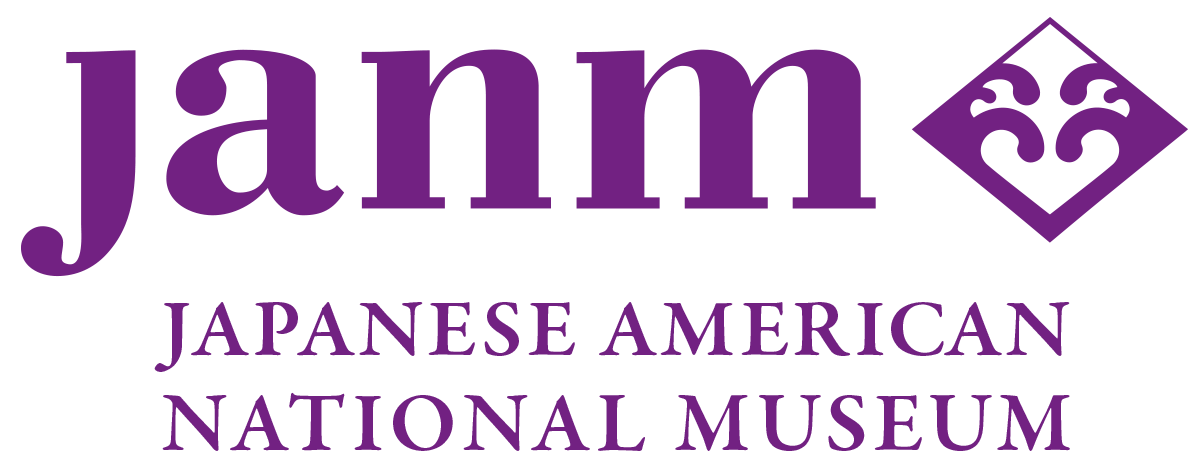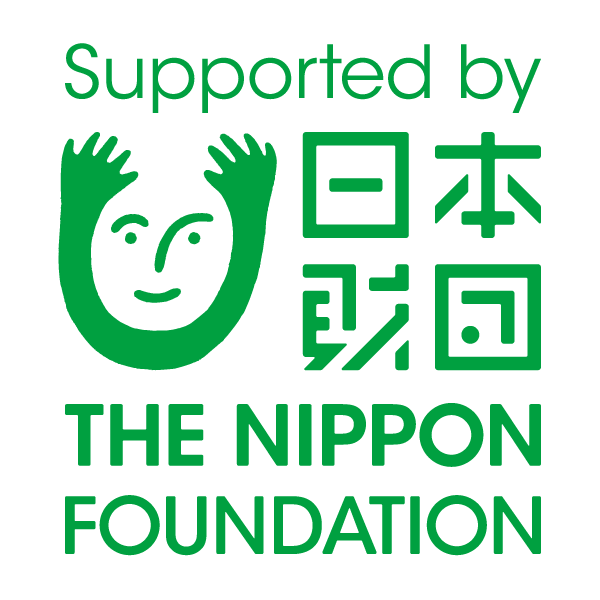今月のニマ
Sharony360 (California, United States)
Sharon Yamato is a writer and filmmaker in Los Angeles who has produced and directed several films on the Japanese American incarceration, including Out of Infamy, A Flicker in Eternity, and Moving Walls, for which she wrote a book by the same title. She is currently working on a documentary on attorney and civil rights leader Wayne M. Collins. As a writer, she co-wrote Jive Bomber: A Sentimental Journey, has written articles for the Los Angeles Times, and is currently a columnist for The Rafu Shimpo. She has served as a consultant for the Japanese American National Museum, Go For Broke National Education Center, and has conducted oral history interviews for Densho in Seattle.
Discover Nikkei has been publishing stories by Sharon since 2007, with 35 articles now on our site. She has conducted oral history interviews for Discover Nikkei, and is currently interviewing families with personal connections to the World War II incarceration of Japanese Americans for The Power of Irei series, offering insights into the impact the Irei project has made on their lives. Sharon was previously selected Nima of the Month in December 2011.
What is your favorite thing about interviewing families for The Power of Irei series?
There’s something about the reverence that families bring to Ireicho that is truly humbling. It’s as if a sacred spirit is hovering in the Ireicho room breathing perpetual life into our ancestors’ stories. In a culture built on the gaman of silent suffering, it’s beautiful to hear descendants pay tribute to those ancestors who bore their suffering in silence by wanting to speak out about those who could/would not speak themselves.
What is the most meaningful thing that has happened as a result of your connection to Discover Nikkei?
It’s been expansive to find a place to write not only about the incarceration experience but also to share stories of determination, strength, and beauty in a culture that has lots of that to offer. When I wrote about a personal hero, Alan Nishio, as he continues to live an abundant life while facing death, I’ve learned valuable lessons in my rapidly approaching old age about what living and giving back are all about.


 Journal feed
Journal feed
